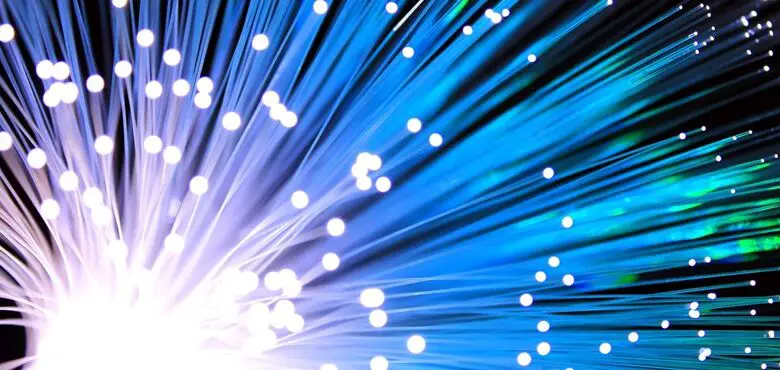Introducing a Groundbreaking Internet Cable: Transmitting Data at 1.7 Billion Mbit/s

Thanks to the efforts of an international research group, it is anticipated that a new type of Internet cable capable of transmitting 1.7 petabits of data per second will be put into use within this decade.
A team of engineers from Australia’s Macquarie University and Japan’s NICT (National Institute of Information and Communications Technology) spearheaded an international research endeavor that achieved a significant breakthrough in data transmission speed. As reported by Interesting Engineering, the scientists utilized an optical cable to transmit 1.7 petabits of data across a distance of 67 kilometers.
While not currently the fastest in the world (a speed of 1.84 Pbit/s was recently accomplished), this development can contribute to ensuring seamless internet access despite the ever-growing demands of data traffic.
Fiber optic cables, which are no thicker than a human hair, are capable of handling a substantial portion of global internet traffic. The first of these cables was laid deep in the Atlantic Ocean in 1988: TAT8, with a capacity of only 20 megabits, played a pivotal role in the advancement of the worldwide web.
Over three decades later, the Grace Hopper cable was installed, boasting a capacity of 22 terabits, millions of times greater than that of TAT8. However, current optical cables can still reach their maximum capacity, partially due to the popularity of various streaming services. Consequently, scientists are diligently working towards finding ways to increase the amount of data transmission.
Italian, Australian, Japanese, and Dutch scientists explored various possibilities during their investigation. One option considered was increasing the thickness of the threads, but this would have made them more fragile due to the additional weight. Another alternative was to use more fibers in the cable, but this would have resulted in higher operational costs.
Ultimately, they settled on a design that allows the cable to transmit data through 19 cores while still complying with international standards. This design ensures that no infrastructure changes would be necessary to implement it.
The novel solution was developed using 3D printing, which offers significant cost efficiency during subsequent production. The test phase was successful, and there are plans to have these cables, installed in the depths of the sea, integrated into the global network within the next five to ten years.



